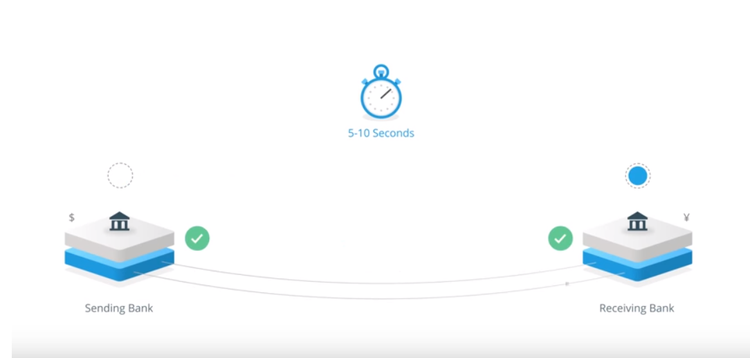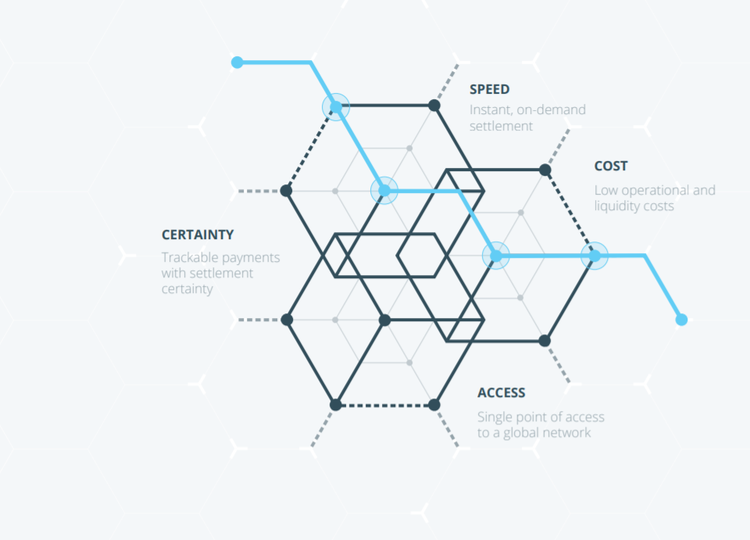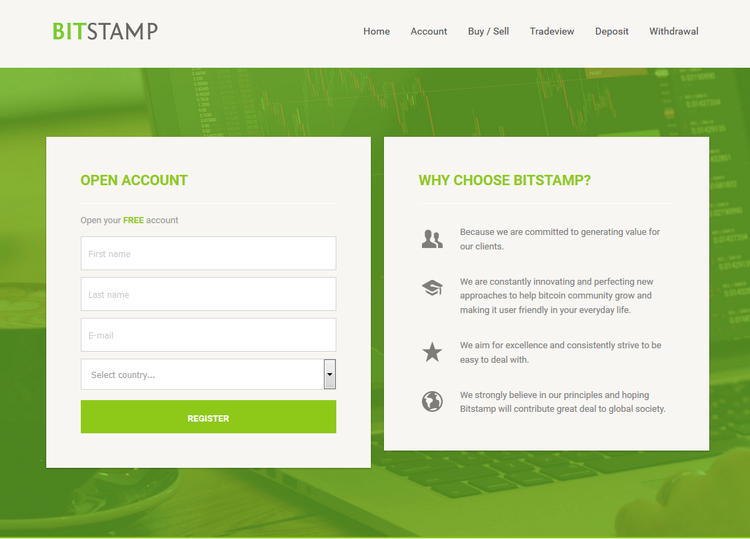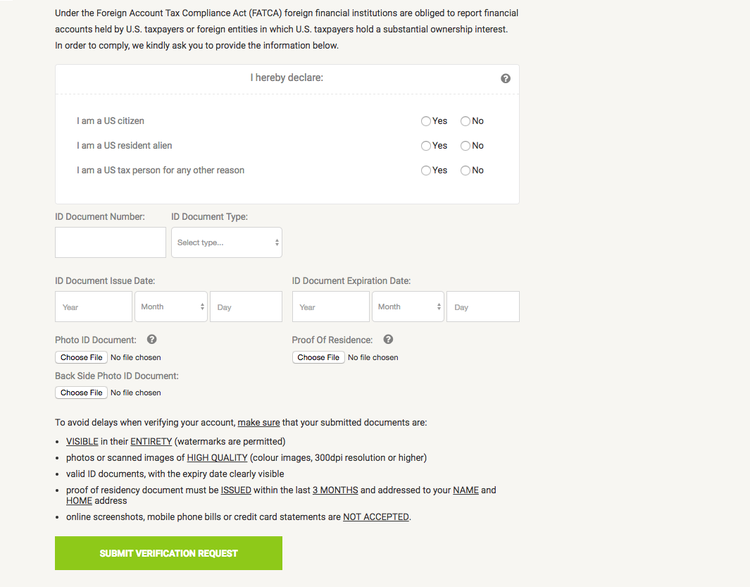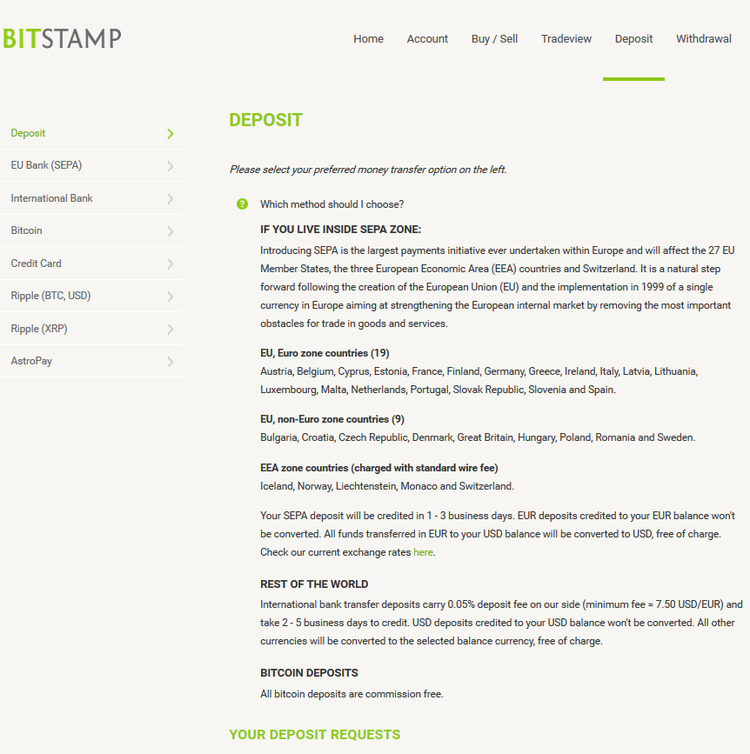Ripple - a distributed, open-source payment system that allows to send money globally through the use of blockchain technology. Ripple is an infrastructure technology that empowers financial institutions to make real-time, cross-border transactions on behalf of their customers via RippleNet. Its distributed tools and a global network provide speed, certainty and reach at a lower settlement cost than ever possible.
RippleNet is a decentralized global network of banks and payment providers which make use of Ripple’s distributed financial technology, which provides real-time messaging, clearing and settlement of financial transactions.
The decentralized network is based on an agreement between Ripple and network participants - all of which utilize the same technology and adhere to a consistent set of payment rules and standards.
The Making of Ripple
Vancouver-based web developer Ryan Fugger first created a predecessor to the Ripple payment protocol, the Fugge. Fugger's first iteration of this system, RipplePay.com has debuted in 2005 and was meant to provide a financial service with secure payment options to members of an online community through a global network.
OpenCoin, the company which build the Ripple protocol, was co-founded by CEO Chris Larsen and CTO Jed McCaleb. They began developing a new payment protocol called the Ripple Transaction Protocol (RTXP) based on Ryan Fugger's concepts.
In May 2011 they began working on a digital currency system where transactions were verified through a consensus between members of the network, rather than by a mining process. The company also created its own form of digital currency dubbed XRP.
Today, Ripple’s global payments network continues to grow. The developers have over 100 customers, an excess of 75 commercial deployments in progress, and a common set of payment standards that govern all transactions across the network.
Team Ripple
Ripple’s leaders bring together decades of experience from fields of technology, financial services and compliance.
CEO Brad Garlinghouse held various executive positions at Yahoo! from 2003 to 2009, including Senior Vice President. From 2009 to 2012 he was the President of Consumer Applications at AOL prior to joining Ripple. He later served as the CEO of a file collaboration service Hightail.
Asheesh Birla, an industry expert on blockchain, is the SVP of Product at Ripple, he joined in 2013 to lead the development of the product suite. Asheesh started his career as an entrepreneur 15 years ago in Silicon Valley, where he founded a content management company that he later sold to Thomson-Reuters, becoming their VP of Global Technology in 2005.
Patrick Griffin, a SVP of Strategic Growth at Ripple. Before joining Ripple, Patrick began his career as a long/short equity trader covering telecoms, media, and technology, before helping to build the global digital strategy for Vivendi’s media properties. Patrick was also employed at Jumio, an Internet payment and identity company.
Cory Johnson is the Chief Market Strategist. Prior to Ripple, Cory worked as a hedge fund portfolio manager at Kingsford Capital Management and journalist at Bloomberg and CNBC covering high-growth technology companies.
The list of investors includes globally recognized venture capital firms and strategic investors.
Solutions
Ripple offers its clients a number of payment solutions, that include xCurrent, xRapid and xVia.
- xCurrent is Ripple’s enterprise software solution which enables banks to instantly settle cross-border payments with an end-to-end tracking system;
- xRapid was created to be used by payment providers and other financial institutions that want to minimize liquidity costs while improving their customer experience;
- xVia is meant to be used by corporate, payment providers and banks that are required to send payments across various networks using a standardised interface. With xViam no software installation is required as users are able to seamlessly send payments worldwide with due transparency of the payment status;
Growing Global Network
Banks, payment providers and digital asset exchanges can all use RippleNet to process payments while providing liquidity. The payment system therefore creates a new, competitive cross-border service to their customers. Ripple says that by joining its growing, global network, financial institutions can process their customers’ payments anywhere in the world instantly, reliably and cost-effectively.
With offices in San Francisco, New York, London, Luxembourg, Mumbai, Singapore and Sydney, RippleNet has over 100 customers around the world. The company announced in April 2018 that five more firms across Europe and Asia will use xVia to power frictionless payments over RippleNet – FairFX (UK), RationalFX (UK), Exchange4Free (UK), UniPAY (Georgia), and MoneyMatch (Malaysia).
Also, American Express is connected to Ripple’s xCurrent for cross-border transactions, as Daily Hodl reports.
“Ripple offers instantaneous, point-to-point conversations between the sender and receiver of funds,” American Express VP Colin O’Flaherty said at Money20/20 Europe 2018 in Amsterdam, Europe’s largest fintech event.
“And that provides a real opportunity to alleviate most of the issues our customers are facing.”
Ripple CEO Brad Garlinghouse believes Ripple will see mass adoption within the coming years as countless banks and financial industries are beginning to voice their interest. He also insists that Ripple will be adopted by some major banks before the end of the year.
XRP Token
XRP (XRP/USD) is the native currency of the Ripple network. Price tracker CoinMarketCap.com ranks XRP as the third largest cryptocurrency with a total market cap of over $26.5 billion and a daily transaction volume of $241 million.
Of the 100 billion XRP created, 20 billion was retained by the creators, the founders of Ripple Labs with the rest given to Ripple Labs itself. As of March 2015, 67% of Ripple Labs's original 80% remained in company ownership. In May 2017, Ripple committed to place 55 billion XRP (88% of its XRP holdings) into a cryptographically-secured escrow to alleviate concerns surrounding XRP supply.
Where to buy XRP
XRP is available for purchase on more than 60 cryptocurrency exchanges worldwide. Every exchange has a different process for purchasing XRP.
To purchase XRP on one of world’s largest crypto exchanges Binance, its first necessary to open and verify a Bitstamp account and then make a funds deposit onto the account.
To open a Bitstamp account visit https://www.bitstamp.net/account/register/, enter the required information. Once registered, the username and password will be sent to the e-mail specified.
To submit a verification request, click here to enter the required information and upload the documents. It’s necessary to click SUBMIT VERIFICATION REQUEST to proceed.
Once successfully verified, users become eligible to deposit funds and purchase XRP.
To make a deposit, users will need to visit https://www.bitstamp.net/account/deposit/ and select apreferred bank transfer method on the left side of the menu (SEPA or International wire).
On the next page, Bitstamp’s banking details will be provided. To deposit funds to the Bitstamp account, users need to transfer moneys to the provided bank account from a bank account held in his/her name.
To buy XRP one will need to select the correct market (XRP/USD, XRP/EUR, XRP/BTC), depending on which currency they purchase XRP in.
As a next step it is necessary to visit the Buy/Sell section, choose BUY XRP, and enter the amount, afterwards clicking on the Buy XRP button to confirm the transaction.
XRP will then be bought and added to the the XRP balance.
Ripple vs. Competition
The key difference compared to Bitcoin is that Ripple uses a different method to reach network consensus. While Bitcoin uses Proof-of-Work (mining). Ripple uses an iterative consensus process. This makes transactions in Ripple process faster than Bitcoin, as they only take a few seconds to go through.
The Bitcoin network tracks the movement of Bitcoins, while Ripple network can track information of any kind, and thus reveal account balances of any existing currency.
While Bitcoin is a decentralized digital currency, Ripple is a decentralized transaction network.
There is a gradually increasing number of Bitcoins (its currently moving towards 21 million tokens). Meanwhile, there is a fixed number of XRP (100 billion).
Ripple CEO Brad Garlinghouse claims that Bitcoin cannot compete with XRP on a transaction speed level. Speaking to CNBC, Garlinghouse praised XRP for being “a thousand times” cheaper and faster than Bitcoin and declared XRP to be the most efficient digital asset for cross-border transaction settlements.
Ripple (XRP) is also a headache for the SWIFT bank transfer system. The two are engaged in a fierce competition over the cross-border payment market. However, the two are taking different technological routes as Ripple is riding on a blockchain while SWIFT is not.
Although Ripple has been in the market for less than 10 years (against SWIFT’s 45 years on the market), it has been able to partner with over 100 banking institutions and is constantly adding new affiliates. This could see Ripple catch up with SWIFT is less than 2 years to come.
By Bob Loxley


